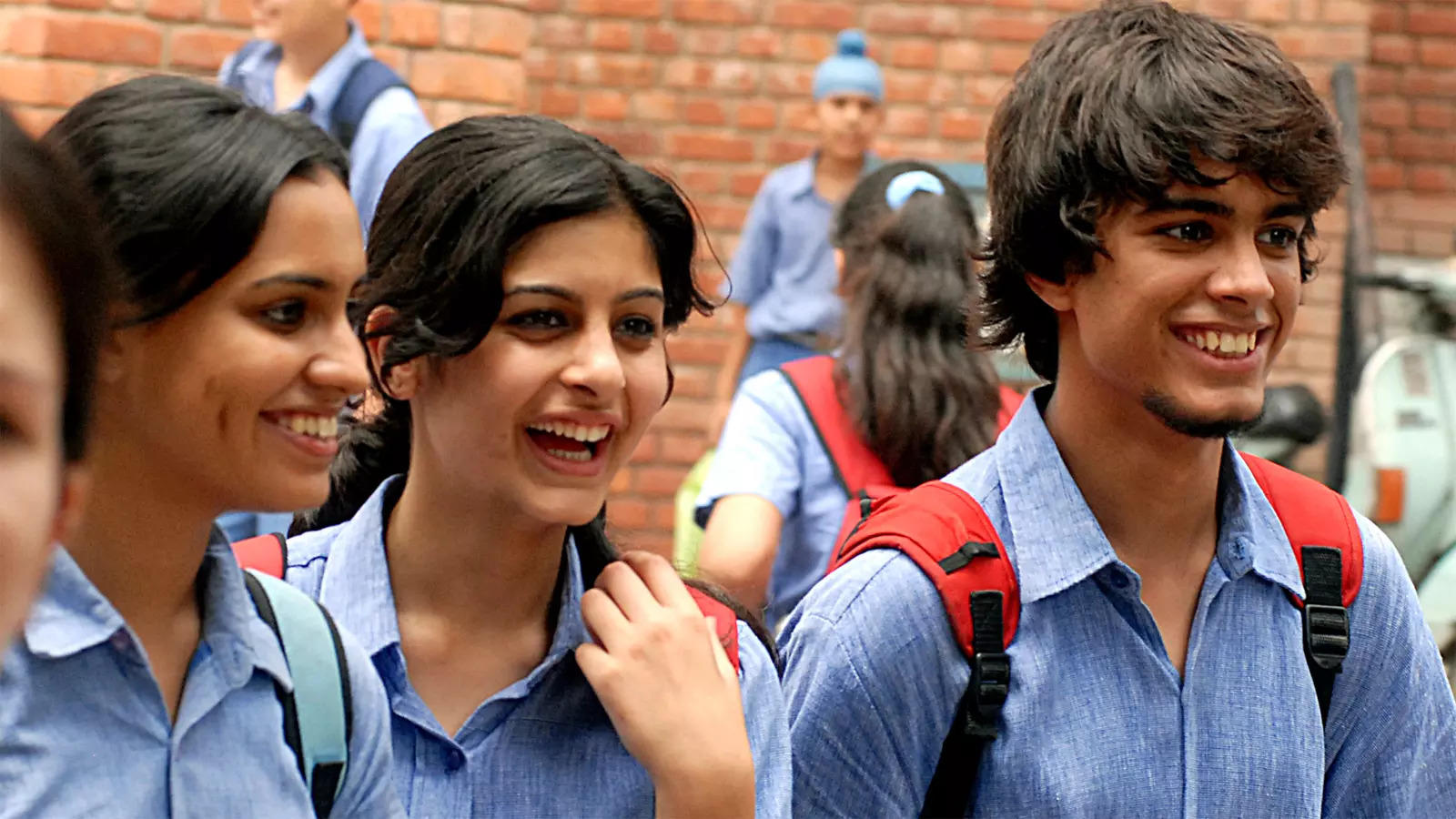Concerns mount as school dropout rates exceed national average in multiple states – Times of India
The government considers dropout rates as a hindrance to achieving the objectives outlined in the National Education Policy, particularly the aim of attaining a 100 per cent Gross Enrolment Rate (GER) at the school level by 2030. Detailed minutes from the PAB meetings indicate specific dropout rates in different states. For instance, Bihar had a dropout rate of 20.46 per cent, Gujarat 17.85 per cent, Assam 20.3 per cent, Andhra Pradesh 16.7 per cent, Punjab 17.2 per cent, Meghalaya 21.7 per cent, and Karnataka 14.6 per cent at the secondary level in 2021-22.
While West Bengal demonstrated improvement in dropout rates at the elementary level between 2020-21 and 2021-22, it was noted that continuous efforts are needed to reduce the dropout rate and improve retention at the secondary level. One of the documents highlighted the presence of numerous out-of-school children in Delhi, emphasizing the need to upload details of mainstreamed out-of-school children on the PRABANDH portal.
In Madhya Pradesh, data indicated a decline in the secondary-level dropout rate from 23.8 per cent in 2020-21 to 10.1 per cent in 2021-22. The state’s special enrollment drive and focused household survey, conducted with the help of a mobile app, contributed to this positive change. Similarly, Maharashtra witnessed a decrease in the annual average dropout rate at the secondary level from 11.2 per cent in 2020-2021 to 10.7 per cent in 2021-2022. However, certain districts in the state still reported dropout rates of 15 per cent and above.
The collated data revealed that Uttar Pradesh faced a “very high” annual average dropout rate in several districts, including Basti (23.3 per cent), Budaun (19.1 per cent), Etawah (16.9 per cent), Ghazipur (16.6 per cent), Etah (16.2 per cent), Mahoba (15.6 per cent), Hardoi (15.6 per cent), and Azamgarh (15 per cent). In Rajasthan, the overall dropout rate was decreasing, but the dropout rate among scheduled tribes (nine per cent) and Muslim children (18 per cent) at the secondary level remained significantly high, as noted in the documents.
These statistics align with a survey conducted by the United Nations Children’s Fund (UNICEF) in the previous year, which found that 33 per cent of girls in India drop out of school due to domestic work. Additionally, it was observed that many children who leave school end up working as labourers with their families or engaging in household cleaning tasks. Addressing these dropout challenges is vital to ensure inclusive and quality education for all children in the country.
(With inputs from PTI)
window.TimesApps = window.TimesApps || {}; var TimesApps = window.TimesApps; TimesApps.toiPlusEvents = function(config) { var isConfigAvailable = "toiplus_site_settings" in f && "isFBCampaignActive" in f.toiplus_site_settings && "isGoogleCampaignActive" in f.toiplus_site_settings; var isPrimeUser = window.isPrime; if (isConfigAvailable && !isPrimeUser) { loadGtagEvents(f.toiplus_site_settings.isGoogleCampaignActive); loadFBEvents(f.toiplus_site_settings.isFBCampaignActive); } else { var JarvisUrl="https://jarvis.indiatimes.com/v1/feeds/toi_plus/site_settings/643526e21443833f0c454615?db_env=published"; window.getFromClient(JarvisUrl, function(config){ if (config) { loadGtagEvents(config?.isGoogleCampaignActive); loadFBEvents(config?.isFBCampaignActive); } }) } }; })( window, document, 'script', );
For all the latest Education News Click Here
For the latest news and updates, follow us on Google News.


